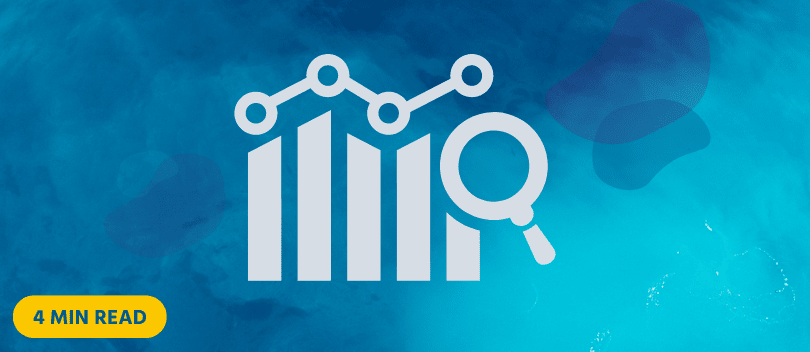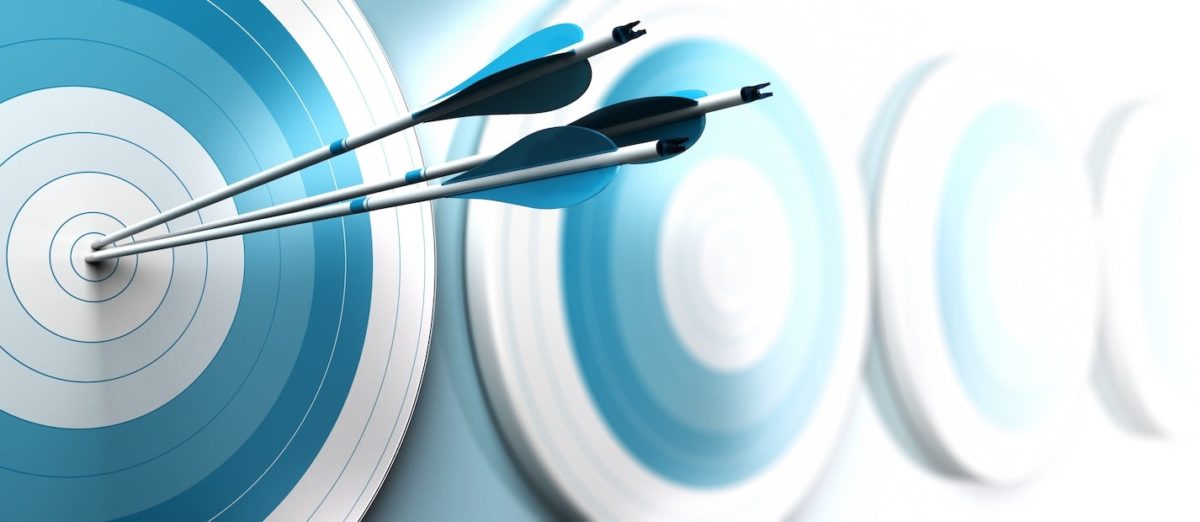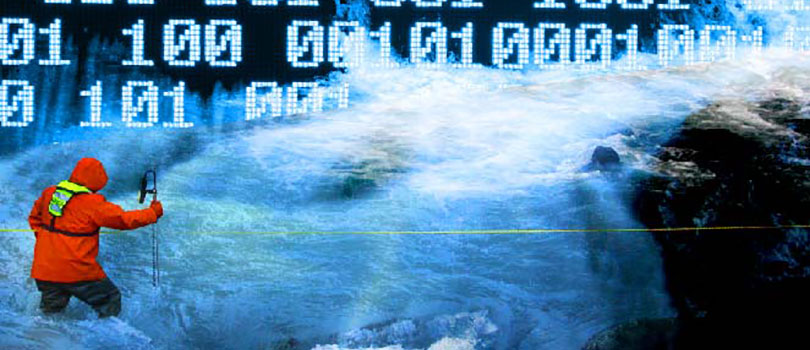
Predictive Analytics in Water Monitoring
Having good quality data permits water monitoring agencies to perform deeper analyses on the data to characterize how a water source behaves over time and how secondary factors, such as the weather, the seasons, and the environment, impacts these behaviors.
It enables the development of models to predict floods and to understand how the profile of a river changes over time.
Agencies can then use these models to make decisions to take preventative actions that protect and sustain the life that rely on the water.
But there is still more data in water monitoring that most of us are not collecting right now.
I am talking about the information on “the data”.
Identifying Anomalies with Data
What if you could collect information on specific and abnormal patterns in the data, such as spikes gaps and flatlines (also identified as anomalies)?
Building this information data set would require measuring metrics like how many anomalies were identified and corrected in the data. How often were anomalies occurring in the time series? And what periods of the year did these anomalies occur more frequently than others? What could you do with this information?
For one, you could apply predictive analytics to the information that you aggregated from “the data”. Predictive analytics tries to predict future risks and opportunities. It does so by analyzing patterns and relationships in current and transactional data, using statistical and analytical tools, like data mining, machine learning and predictive modeling. To help me explain the value of predictive analytics, let’s look at how it can be used to protect salmon.
Unlocking More with Your Environmental Data
Continuous water-quality sensors measure parameters including pH, turbidity, dissolved oxygen, and temperature. You can use the data collected by these sensors to monitor the water quality and physical habitat of the creeks and rivers where salmon spawn.
Based on the data, you know if soil erosion due to nearby farms, construction or forestry will harm their nests, if there is enough oxygen for their eggs to incubate and grow, or if the water is too warm or acidic for them to survive.
The information that you acquire from analyzing the data helps your local governments make decisions to ensure that the water quality is sufficient to support the freshwater ecosystem so that salmon will thrive.
Now, imagine if you collect information on the data that is provided by the continuous water-quality sensors. In this scenario, you would measure metrics such as the last time the dissolved oxygen was above a certain level, the duration where the turbidity has remained at a certain level, and the rate that the water temperature is rising.
You could also record additional data such as the last time there was a successful salmon spawn, the number of salmon that return to the area each year, and the duration of new waterfront condominiums projects in the area.
As more information on the data is collected over time, you can apply predictive analytic techniques to analyze the river’s history to reveal patterns and trends that predict the salmon population in the area.
The information that you acquire from predictive analytics helps your local governments build plans that can be followed to protect and revitalize the freshwater ecosystem so that salmon will thrive.
The Predictive Analytics Advantage
It is no doubt that the value of predictive analytics for water monitoring comes from the possibilities that it creates for building plans and making strategic decisions.
Through predictive analytics, organizations will be able to address questions like:
- How could the actions that we are taking today impact us in the next five years?
- What could be the benefits or risks that we may encounter if we make these changes to our current practices/policies today?
- How can we identify high effort, low value activities so that we can make improvements to focus our resources on higher priority, more important issues?
Unlocking these key insights allow your stakeholders, such as regulators, industry representatives, local governments, and the public to make data-driven improvements to our policies, processes, and operations so that we can protect and preserve our precious water resources.
Predictive analytics empowers our water monitoring agencies to find ways not only to optimize their efficiency at making their data available to their customers, but also to leverage the data that they collect to drive better decisions.
Written by Aquatic Informatics Program Manager Erin Lims as a series on Environmental Data Analytics.
Continue Learning


Access Information Anytime, Anywhere
Experienced technology partners like Aquatic Informatics have seen it all before and can help you centralize your environmental data.
To learn more, check out our webinar on the 7 Ways to Quality Control Water Data in Real Time or get in touch directly for a demo.


